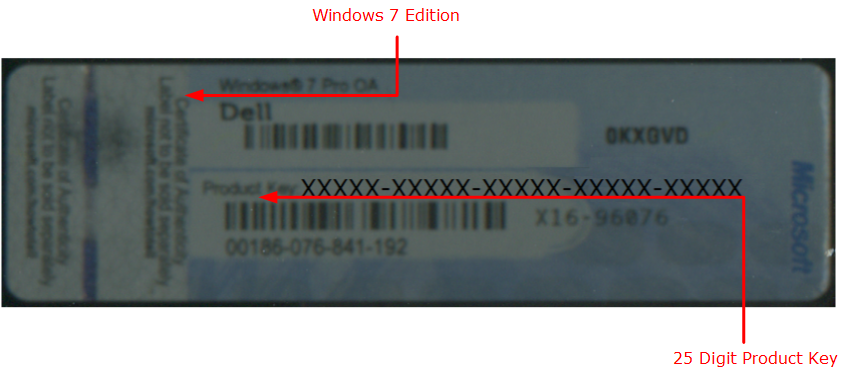Ecomstation Download Iso


If you have a Windows installation source (a DVD disc, an image file, or a USB storage) and a valid Windows product key, you can install Windows on your Mac and use it with Parallels Desktop. To install Windows: • Open Parallels Desktop (in the Applications folder) and choose File >New. • If you have a Windows installation disc, insert it into the DVD drive. If you have a USB storage with Windows, connect the storage to the Mac. • Click “Install Windows or another OS from a DVD or image file.” • Parallels Desktop scans for and lists installable operating systems. If you see the version of Windows you want to install, select it, click Continue, and go to step 6. • If the Windows installation source didn't show up automatically in Step 4, click Choose Manually to browse for it manually.
You can browse from the following sources: • DVD: If you have a Windows DVD, insert it into the DVD drive. Once Windows is detected, click Continue. If your Mac doesn't have a DVD drive, you can use an Apple SuperDrive, another Mac's DVD drive via Remote Disc, or make an image from the disc. • Image File: If you have a Windows image file, click Image File and drag the image to the Installation Assistant window. Once Windows is detected, click Continue. • USB Drive: If you have a bootable USB installer with Windows, click USB Drive and connect the drive to the Mac. Once Windows is detected, click Continue. Download Pes 2010 Full Version Highly Compressed.
• Note: Parallels Desktop may fail to detect some operating systems (ex. Older Linux distributions). If this happens but you're sure that the operating system can be installed, click Continue, specify the OS type manually and follow the on-screen instructions. If your OS type is not listed, choose Other. • Choose how you will primarily use Windows and the Parallels Desktop settings will be automatically tuned to best fit your needs. • Choose where you want to store Windows from the Location menu.
By default, Parallels Desktop stores Windows in the /Users//Parallels folder. • For experienced users: if you want to pre-set things like how much memory Windows uses or whether it starts automatically when you open Parallels Desktop, select Customize Settings before installation. You can also adjust these settings after the operating system is installed. • Click Create and the Parallels Installation Assistant will proceed to install Windows. Once Windows is installed, you can start it up by opening a Windows application or by clicking the power button in Control Center. If you’re needing to import Windows to Parallels Desktop via a Windows PC, we’ve made it possible. Follow the steps below and continue to work with all of your Windows applications, files, and data side-by-side with macOS.
Torrent Client Portable Macbook. You can also import Windows and data over a network or using an external storage device. To import Windows and data from a Windows PC: • Download the Parallels Transporter Agent for Windows from • Follow the on-screen instructions to install Parallels Transporter Agent.
• Open Parallels Desktop (in the Applications folder) on your Mac, choose File >New, and click Transfer Windows from a PC. • Choose how you want to transfer your data and follow the on-screen instructions. You can find more detailed information on transferring your data from another computer in the Parallels Desktop on-screen help (open Parallels Desktop from the Applications folder and choose Help >Parallels Desktop Help). Acnielsen Nitro Software Download. With Parallels Desktop 13, for Mac you can use Windows that you set up using earlier versions of Parallels Desktop, as well as VMware Fusion and VirtualBox: • Open Parallels Desktop (in the Applications folder) and choose File >Open. • Select the Windows data file you want to import, then click Open and follow the on-screen instructions. • Parallels Desktop data files end with.pvm • VMware files end with.vmx • VirtualBox files end with.vbox Simply drag these files to the Control Center to add them to Parallels Desktop.